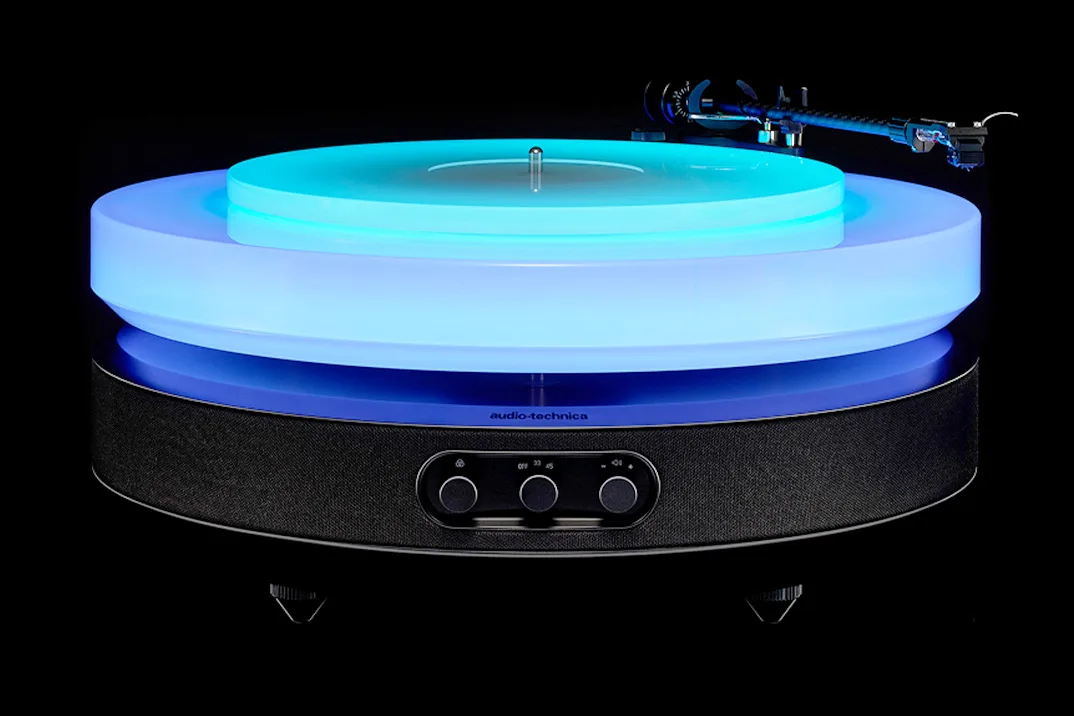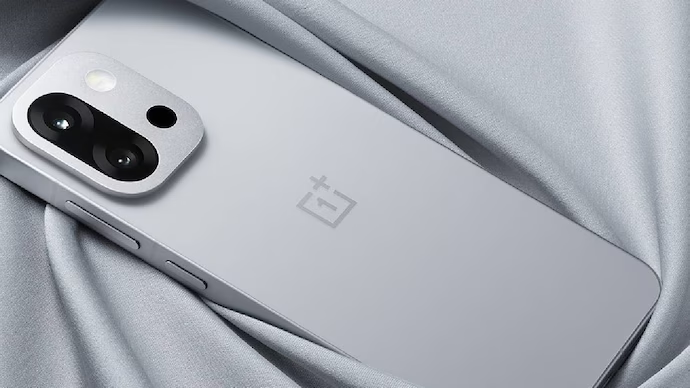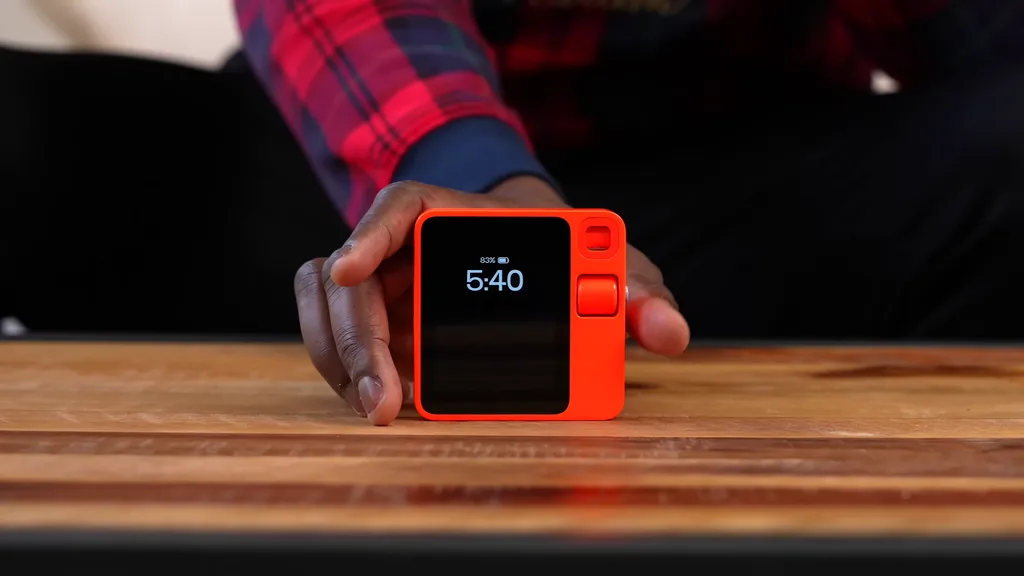Introduction
Handheld gaming in 2025 isn’t just alive — it’s thriving, evolving, and demanding attention. In just a few short years, we’ve gone from treating portable gaming as a novelty to witnessing the rise of full-fledged gaming PCs that fit in the palm of your hand. At the forefront of this renaissance is Valve’s Steam Deck, which has become a poster child for innovation and ambition. But now, the next chapter is approaching: the Steam Deck 2.

Valve’s first entry disrupted the market. It gave gamers a legitimate, open-source-based alternative to traditional consoles and closed ecosystems. But while the original Deck was revolutionary, it wasn’t perfect. Short battery life, occasional game compatibility issues, and hardware constraints left room for improvement — and competitors were watching.
Enter 2025. The market is heating up, and all eyes are on Valve. The upcoming Steam Deck 2 promises to raise the bar, but the landscape is no longer uncontested. Rivals like the ASUS ROG Ally 2 and Lenovo Legion Go are no longer just alternatives — they’re legitimate threats. So, can Valve stay ahead?
In this article, we’ll dive deep into the known and rumored specs of the Steam Deck 2, compare it with its fiercest rivals, and explore what the future holds for handheld gaming. We’ll examine the brilliance of this portable powerhouse — and the brutal reality of the challenges it faces.
Steam Deck 2: What We Know So Far

Valve has remained fairly secretive, but piecing together leaks, developer interviews, and AMD’s 2025 roadmap gives us a solid picture of what to expect:
- Next-Gen AMD APU: The Steam Deck 2 is likely powered by a custom AMD “Strix Point” APU, boasting Zen 5 CPU cores and RDNA 3.5 GPU architecture. This is a leap in both performance and energy efficiency.
- Vibrant Display Upgrade: The original 800p LCD was serviceable, but gamers wanted more. Steam Deck 2 is expected to feature a 7-inch OLED display with at least 1200p resolution and a 90Hz refresh rate for ultra-smooth visuals.
- Longer Battery Life: Efficiency improvements could translate into 4–6 hours of actual gameplay on mid to high settings, a much-needed upgrade.
- Thermal and Acoustic Refinements: Expect a redesigned cooling system — quieter, cooler, and more comfortable for extended sessions.
- Ample Storage: With PCIe Gen 4 SSD support and configurations up to 2TB, loading times will be near-instant.
Valve is also enhancing SteamOS, making the overall user experience faster, friendlier, and more plug-and-play — something that was a bit rough in the first generation.
Steam Deck 2 vs. ROG Ally 2 vs. Lenovo Legion Go
Let’s compare the Steam Deck 2 with its strongest competitors:
| Feature | Steam Deck 2 (Expected) | ROG Ally 2 (Rumored) | Lenovo Legion Go |
|---|---|---|---|
| CPU/GPU | AMD Strix Point APU | AMD Ryzen Z2 Series | AMD Ryzen Z1 Extreme |
| Display | 7″ OLED, 1200p @ 90Hz | 7″ IPS, 1080p @ 120Hz | 8.8″ IPS, 1600p @ 144Hz |
| OS | SteamOS 4 (Linux) | Windows 11 | Windows 11 |
| Storage | Up to 2TB PCIe Gen 4 SSD | Up to 1TB SSD | Up to 1TB SSD |
| Battery Life | Estimated 4–6 hours | 2–4 hours | 3–5 hours |
| Price (Est.) | $499 – $699 | $699+ | $699+ |
The Deck 2 doesn’t just compete on power — it plays the long game by offering an ecosystem and philosophy that’s different from Windows-based rivals.
Why Valve’s Ecosystem Still Wins Hearts
Valve didn’t just build a device — they built a platform. And that platform is what keeps gamers loyal. SteamOS, built on Linux, offers a clean, bloat-free environment focused solely on gaming.
- Proton Layer: This genius compatibility tool allows most Windows games to run flawlessly on Linux.
- Game Mode/Desktop Mode: Switch between full gaming UI and a Linux desktop — use it like a mini-PC or a console.
- Instant Access to Huge Library: With Steam’s cloud saves, achievements, and workshop integration, it’s hard to beat.
- Community Mods & Emulators: Whether it’s modding Skyrim or running Switch emulators, the Deck is a dream for tinkerers.
There’s an authenticity to the Steam Deck experience — it doesn’t lock you down. It invites you to experiment, explore, and personalize.
The Rise of Portable PC Gaming in 2025
Let’s face it — the way people game is changing. Portability, flexibility, and power-on-the-go are the new gold standards. And the numbers back it up:
- Market Growth: Portable PC gaming hardware has seen more than 40% year-over-year growth since 2022.
- Brand Explosion: Companies like Ayaneo, GPD, and OneXPlayer are putting out high-spec devices that rival full gaming laptops.
- Unified Play Anywhere: Cross-save, cross-platform play is now an expectation. Players want to start a game on desktop and pick up on handheld.
People want choice — not just in what they play, but how and where they play. The future belongs to flexible systems that can adapt.
The Brutal Truth: Challenges Steam Deck 2 Must Overcome
While the Deck 2 looks promising, the road ahead isn’t without obstacles. These challenges are real, and Valve will need to address them head-on:
- Heat and Noise: Even with better chips, small form factors generate heat. Efficient cooling is a must, or users will feel it in their hands — and hear it in their ears.
- Game Compatibility Gaps: While Proton is improving, some anti-cheat systems and DRM still break functionality for certain titles.
- Price Pressure: With competitors packing high refresh rate screens and powerful APUs into sleek packages, Valve needs to balance cost with competitiveness.
- Cloud Gaming on the Rise: Devices like Logitech G Cloud and even smartphones with Backbone controllers are gaining traction, especially for casual users.
To maintain dominance, Valve must solve the hardware puzzle without losing its software soul.
What the Future Holds for Handheld Gaming
The next few years will transform handheld gaming in ways we’re only beginning to imagine:
- AI-Driven Optimization: Real-time resolution scaling, automatic thermal management, and frame-rate smoothing based on machine learning.
- Modular Expansion: Think attachable GPU docks, keyboard docks, or swappable controls.
- 5G & Wi-Fi 7: Seamless cloud/hybrid gaming experiences from anywhere in the world.
- Software Innovation: Lighter-weight gaming OSes with built-in streaming support, AI UI navigation, and better parental controls.
Handheld devices will no longer be seen as compromises — they’ll be first-class gaming platforms in their own right.
Final Thoughts: Should You Wait for the Steam Deck 2?
If you already own the original Steam Deck and love it, the Deck 2 could be a compelling upgrade — not just for power, but for refinement. If you’re new to handheld PCs, this may be the best time to jump in. That said, it’s wise to consider your needs. Want raw power and Windows flexibility? The ROG Ally 2 might be for you. Prefer a refined, community-supported experience? Stick with Valve.
The Steam Deck 2 isn’t just about better specs. It’s about reclaiming ownership of your gaming experience — one that isn’t dictated by corporate silos or closed ecosystems. It’s a brilliant step forward with a few brutal hurdles to cross, but if any company can get it right, it’s Valve.
Handheld gaming is no longer the future. It’s the present — and it’s in your hands.



